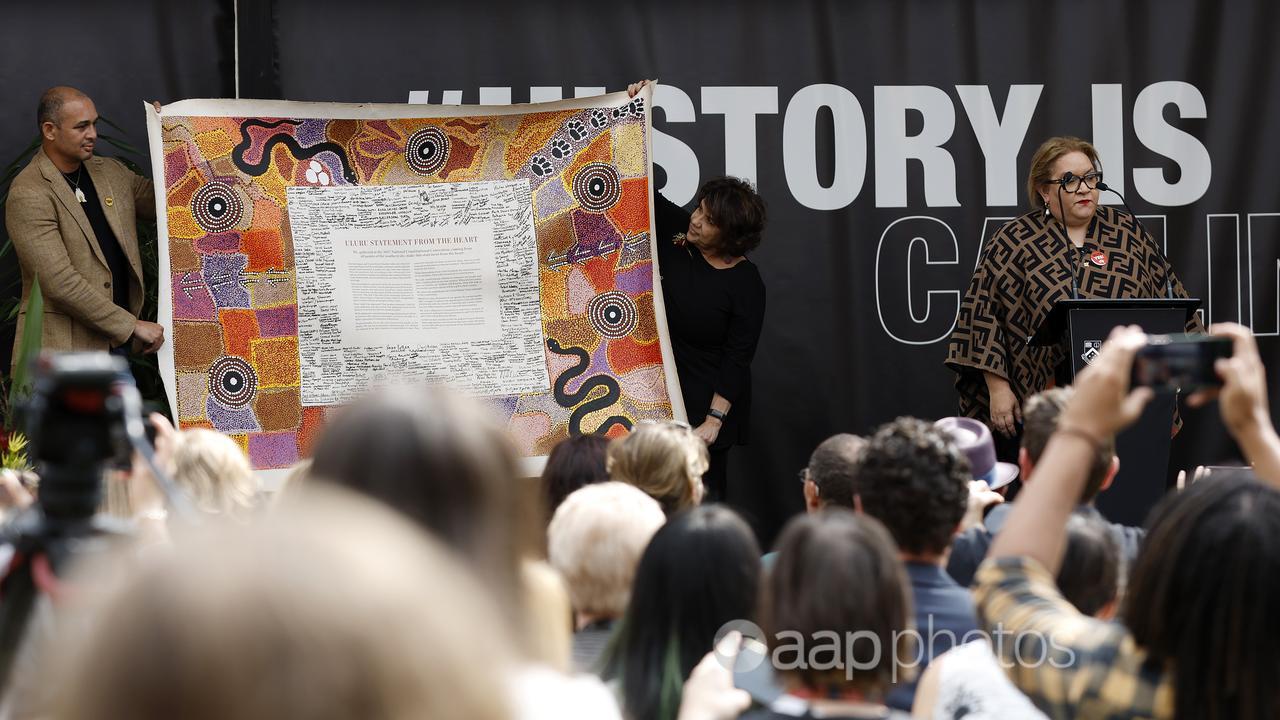It’s being claimed Indigenous people were given an ultimatum which resulted in them unknowingly signing the Uluru Statement from the Heart.
A social media post claims delegates at the 2017 First Nations National Constitutional Convention were told they would be removed from the event if they did not sign a blank piece of paper. This later became part of the Uluru Statement.
But the claim is false.
Convention organisers said delegates agreed to the wording of the statement before they were invited to sign. There is no evidence anybody was given an ultimatum. This is backed up by videos and images from the time.
The claim comes from a document of 12 grievances concerning the Indigenous voice which is featured in this Facebook video (screenshot here) on September 5, 2023.
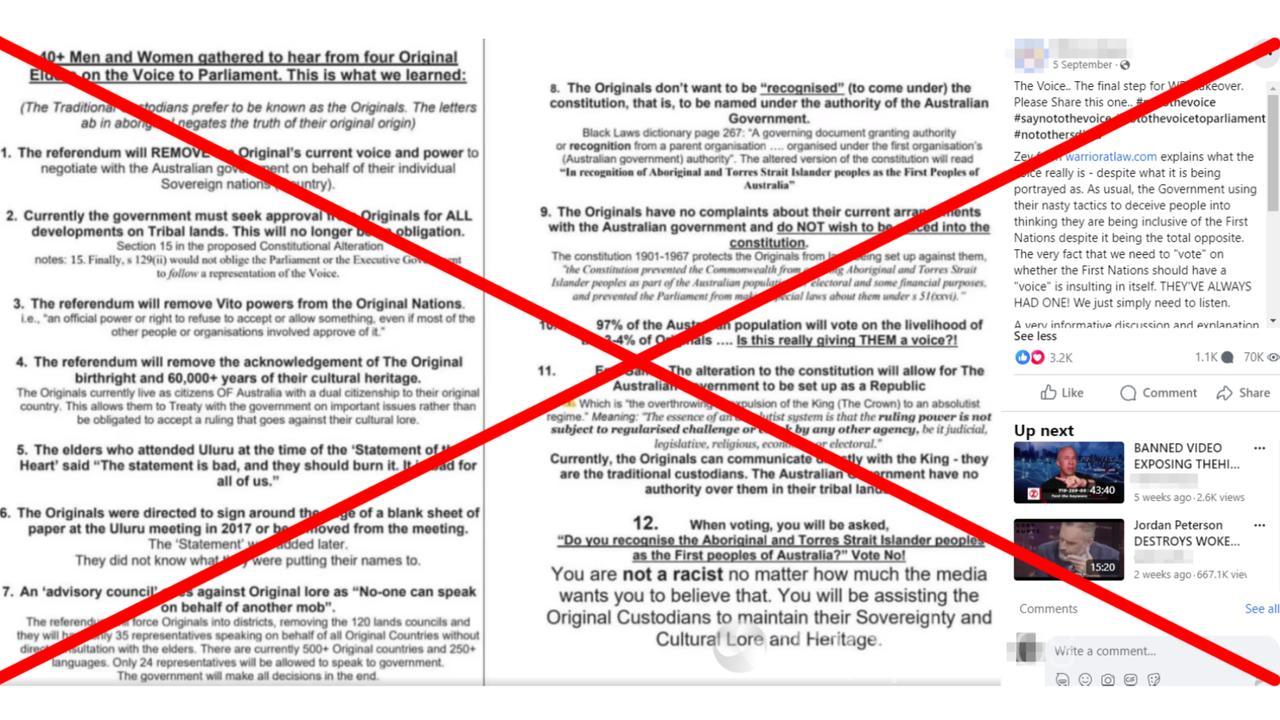
“The Originals (traditional custodians) were all directed to sign around the edge of a blank sheet of paper at the Uluru meeting in 2017 or they would be removed from the meeting,” a man in the video says (video mark 16min 12sec).
“The actual statement was added later. No one was told what they were putting their names to.”
The First Nations National Constitutional Convention brought together about 250 Indigenous people near Uluru in May 2017. It followed regional dialogues held across Australia to gather ideas and consult on the steps towards reconciliation.
The convention was tasked with developing an approach to constitutional reform to recognise Indigenous people. Following four days of discussions, delegates voted in favour of the Uluru Statement from the Heart.
This called for the creation of a constitutionally enshrined Indigenous voice and a Makarrata Commission, which would work towards a treaty and truth-telling.
It appears the claim is based on images – seen here and here – which show attendees signing around the border of the large canvas.
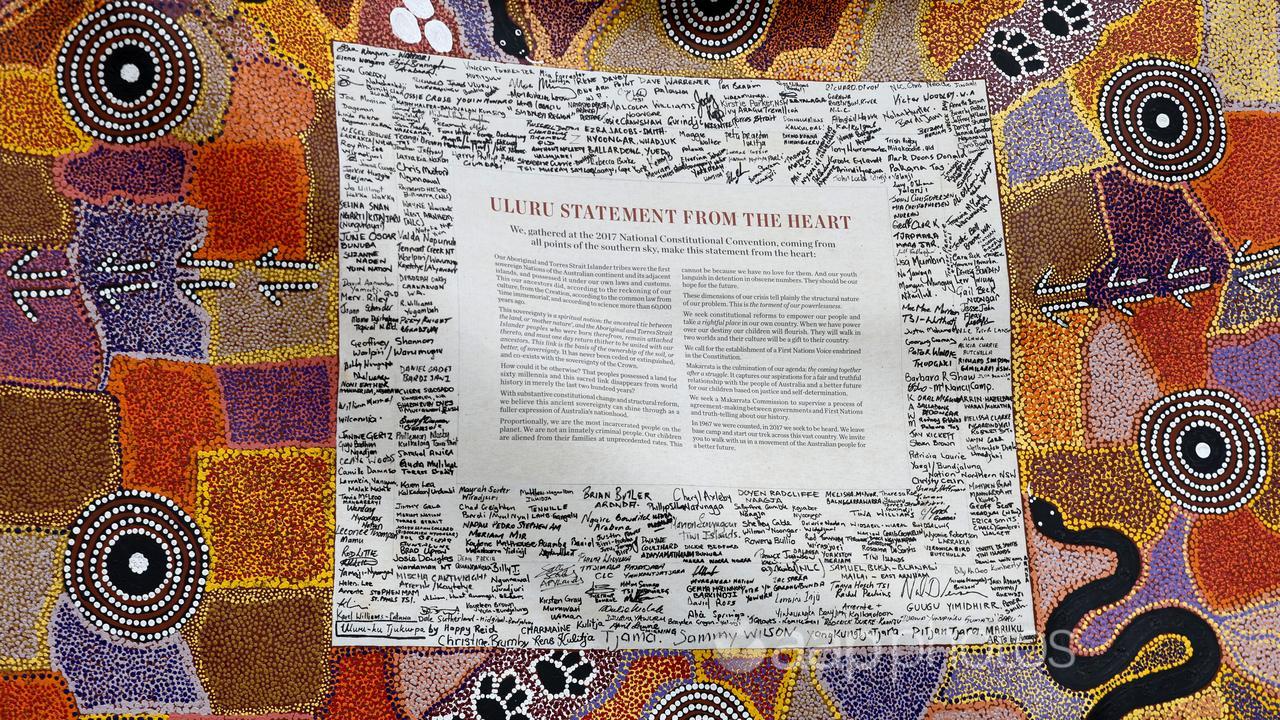
A spokesman for the Uluru Dialogue, which was behind the convention, explained that after the statement was finalised and voted on before delegates were asked to sign the canvas.
“The convention delegates chose to issue a statement, the Uluru Statement from the Heart, inviting all Australian people to share this journey towards meaningful recognition with practical outcomes,” the spokesman told AAP FactCheck in an email.
“During the national convention, some delegates suggested that a canvas be prepared by women artists from the Mutitjulu community, so that the final statement could be showcased, surrounded by the signatures of the delegates.”
The spokesman said no one was forced to sign and the process of creating the canvas was explained at the convention.
“The Uluru Statement was finalised and then voted upon,” he said.
“On the last day, after that vote, we announced the canvas and asked delegates to sign it while we prepared a copy of the statement in appropriate materials and size to be mounted at its centre.
“Pictures of the canvas being signed before we had attached the final statement reflects the intense and collaborative work that was done over the four days of the convention.
“No delegate was asked to sign the canvas until they had heard and voted on the final statement. No delegate was compelled to sign it.”
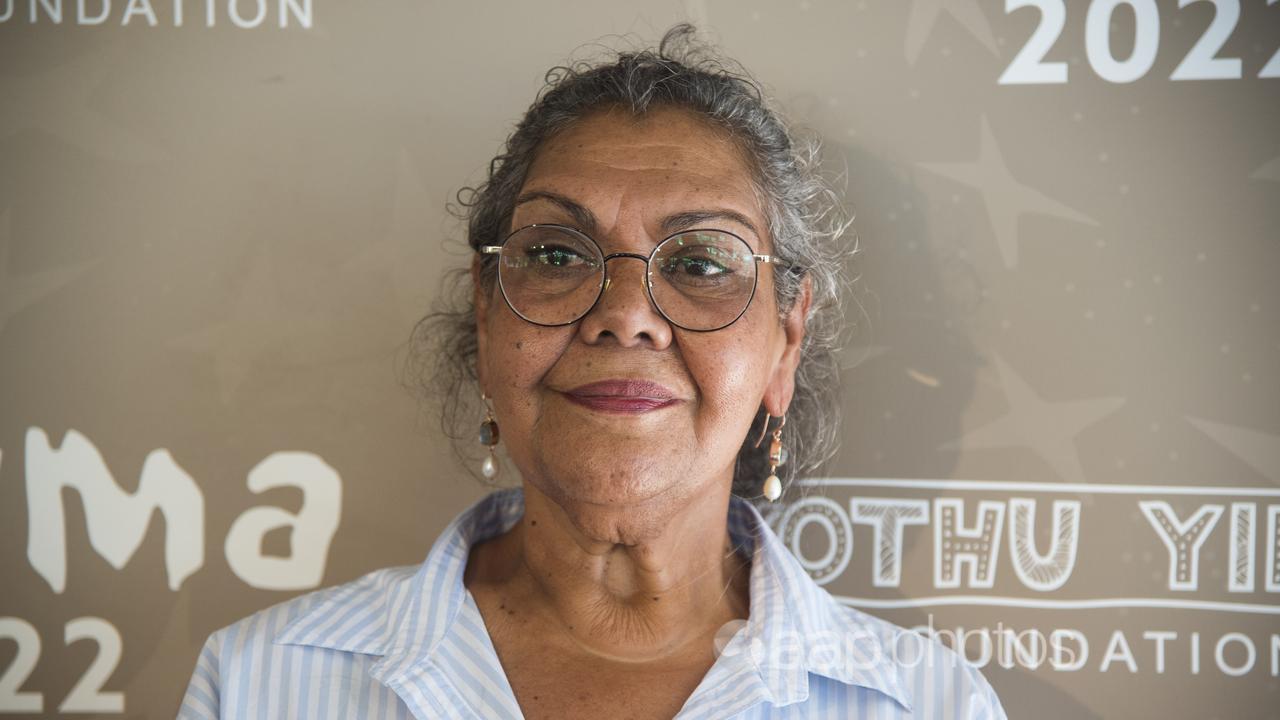
There are various images of delegates signing the canvas. In this image, a written message in the centre reads: “Sign name … stay in border.”
The image features Bunuba woman June Oscar, who wrote in 2020: “On 26 May 2017, I joined hundreds of Aboriginal and Torres Strait Islanders to sign the Uluru Statement from the Heart … I was as proud then, as I am now, to see my signature alongside hundreds of others.”
There are various other images – such as here – of delegates signing the canvas.
Other footage from the event contradicts the claim delegates didn’t know what they were signing.
This video shows Referendum Council member Megan Davis reading the statement at the convention’s closing ceremony.
This video shows delegates signing the canvas inside and outside the convention centre, and the painting of dreamings on the canvas (from the 40sec mark) – the statement was yet to be placed on the canvas.
It’s true there was not consensus at the convention.
Several delegates walked out on the penultimate day, saying their concerns about the loss of sovereignty and lack of guarantee over a treaty process had not been heard.
However, this was before the statement was finalised and voted on. Those who walked out did not sign the statement.
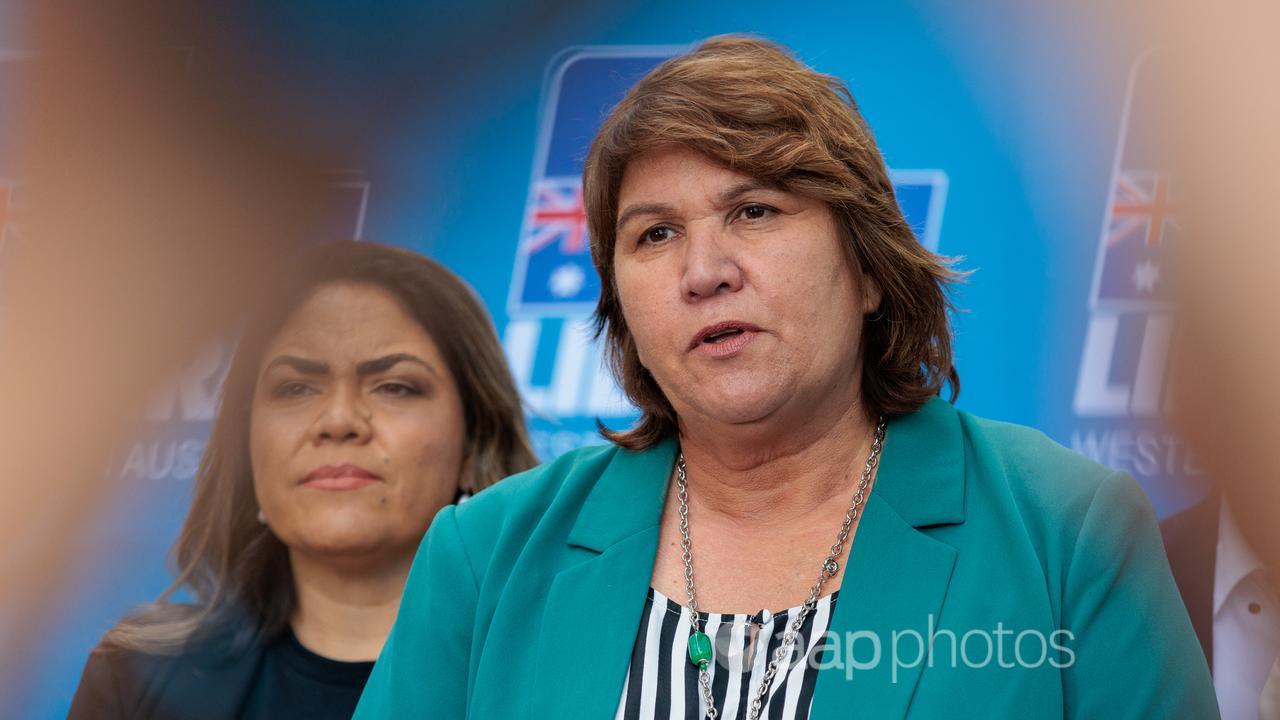
Liberal Senator Kerrynne Liddle, a prominent ‘no’ campaigner, told the Senate in June she had heard from women who were concerned about their signatures on the statement.
“I’ve also heard from women surprised to see their signatures on the statement, unhappy that their attendance and consultation is likely to be interpreted as consent. But they were not prepared to come out publicly,” she told the house.
Senator Liddle’s office told AAP FactCheck the unnamed women believed they were signing a statement of attendance, not the Uluru Statement.
AAP FactCheck could not find any accounts of delegates claiming they were given an ultimatum to sign the statement or a blank piece of paper that would later become the statement.
The Verdict
The claim Indigenous people were forced to sign around the edge of a blank piece of paper – not knowing the Uluru Statement from the Heart would later be inserted is false.
The Uluru Dialogue told AAP FactCheck that delegates were invited to sign a large canvas having already approved the wording of the Uluru Statement.
This is supported by images and videos from the event.
AAP FactCheck could find no evidence of any delegate claiming to have been given an ultimatum to sign.
False — The claim is inaccurate.
AAP FactCheck is an accredited member of the International Fact-Checking Network. To keep up with our latest fact checks, follow us on Facebook, Twitter and Instagram.
All information, text and images included on the AAP Websites is for personal use only and may not be re-written, copied, re-sold or re-distributed, framed, linked, shared onto social media or otherwise used whether for compensation of any kind or not, unless you have the prior written permission of AAP. For more information, please refer to our standard terms and conditions.

